Whether you’re just starting out in your waxing career, or just want to expand your product knowledge, knowing the difference between soft wax and hard wax is essential to giving clients their best results.
As you know, different wax formulas serve a variety of purposes, and in the end, you’ll want to be able to meet any need that regular or walk-in clients alike might have. Knowing the ins and outs of which wax formulas will work best for each skin, hair, and service type, will let you cover these needs while continually mastering new waxing products.
In this article, we explore whether hard wax beans or soft wax will be the best for you and your clients’ services. We’ll discuss each of the wax type’s characteristics and which service types they work best on, as well as the difference between hard and soft wax hair removal.
1. Difference Between Hard and Soft Wax
It seems like it may be easier to keep one wax type brewing for every service—and you’d be right. It is easier to use a one-wax-type-fits-all approach and call it a day, but it doesn’t give you a leg up on the client experience, nor does it allow you to cater to all skin types.
Knowing the difference between soft wax and hard wax is just a small part of waxing, being an expert in both hard and soft wax offers the following benefits:
- The more you know about as many formulas as possible, the more it can position you as an ultimate wax authority.
- It provides your clients with a more tailor-made experience for their various needs.
- Mastering both wax types and different formulas helps you step out of your comfort zone to continually challenge yourself.
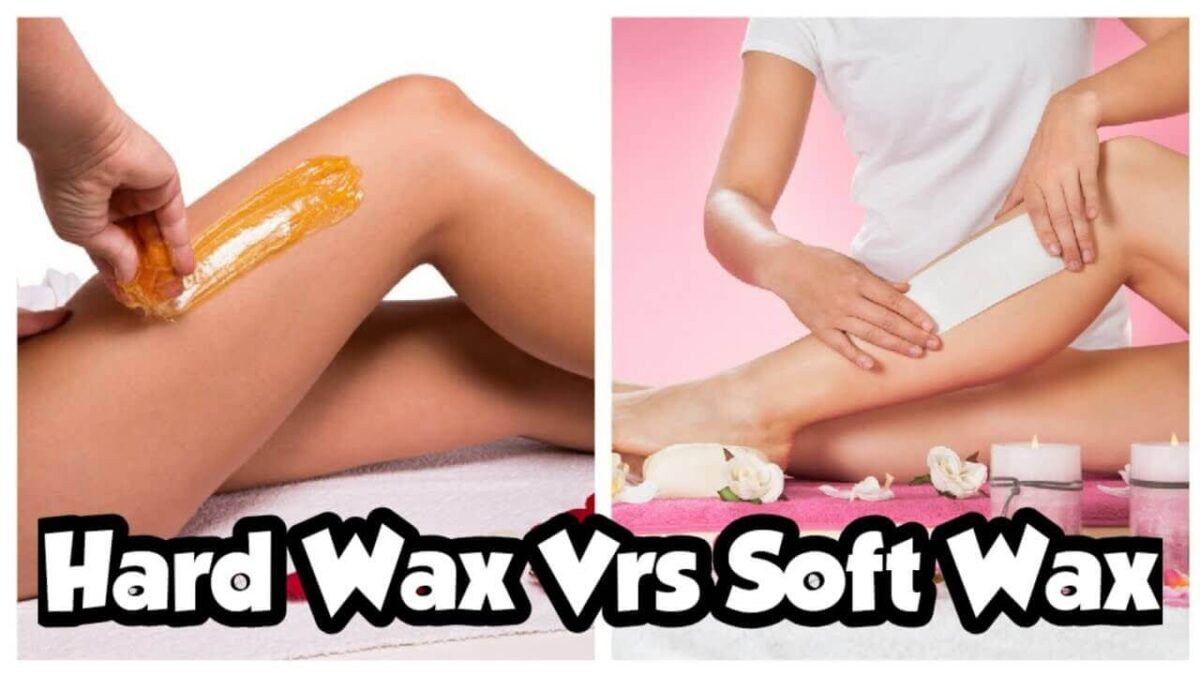
The best waxers know their wax formulas from the inside out and know the best way to meet any skin type, hair type, or client request that comes into their salon. They know their melting points, consistencies, and every removal technique. Knowing the type of wax to use, the right temperature to use it at, and how to apply it at the right moment to create the perfect waxing session can meet each client’s specific needs.
The most significant difference between hard wax and soft wax is that one method requires no wax strips, and the other does. Of course, that’s not all; here, we’ll give you an at-a-glance breakdown of hard wax vs. soft wax. But you can find your wax in a variety of formulas that best fit your style and technique on our page. Remember, there is a wax for that!
1) Stripless Hard Wax
- Often less painful than other waxing methods
- Less Mess
- Doesn’t stick to your skin
- Excellent at grabbing shorter hair
- Ideal for working in smaller sections and areas like underarms, and facial, Brazilian, and bikini waxing
- Can be applied twice on the same spot when necessary
- Can be applied thicker than soft wax
2) Soft Strip Wax
- Adheres well to micro-tiny and fine hair
- Ideal for larger body parts
- Gives maximum spreadability
- Excellent for speed waxing
- Has a longer setting time
- Exfoliating
- Works well on short to long hairs
- Applied in thin layers
2. What is Hard Wax?
Stripless hard wax comes in its own subcategories of polymer film hard wax and non-polymer blends. A polymer blend is an elastic film wax made with polymers that act as a buffer on the skin and comes in hard wax beads and tablets, while non-polymer is made without resins, has a quicker setting time, and comes in only tablet form. Both formulas are gentle on the skin and suitable for full-body waxing.
As film hard wax formulas have advanced, they’ve surpassed soft wax in popularity because they are easier on the skin, and, unlike soft wax, they don’t need muslin or non-woven wax removal strips. Hard wax is named after its ability to harden hair follicles without adhering to the skin as it cools for less painful waxing.
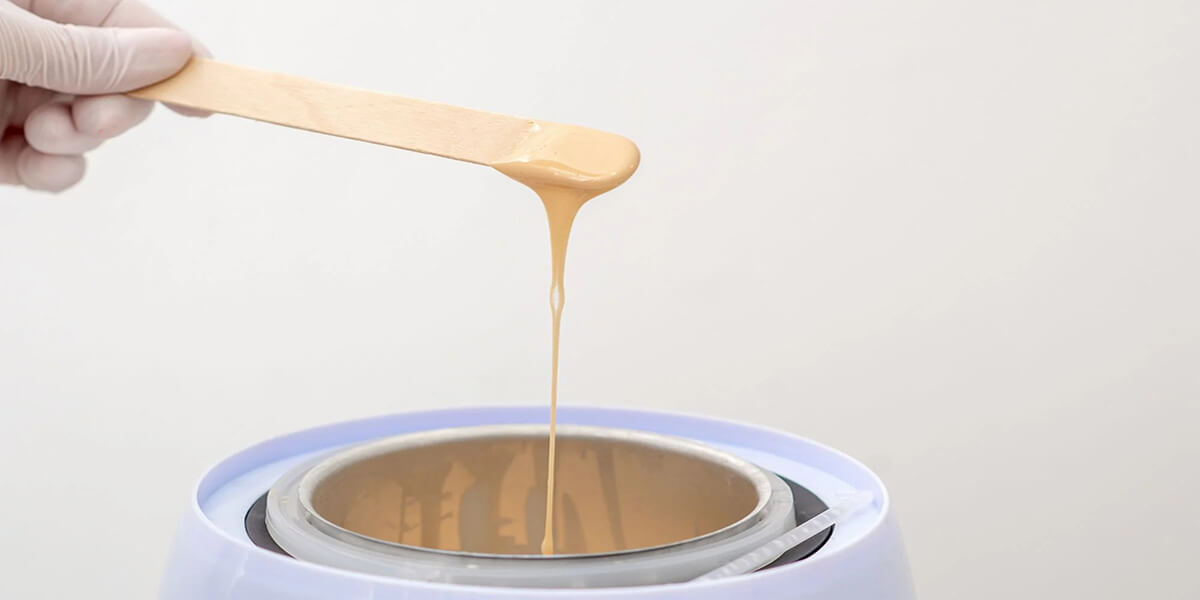
1) Professional Wax Warmers
When it comes to choosing between hard vs. soft wax, you’ll also need to know which warmer is best for your formulas.
The best professional wax warmers to use with hard wax are explicitly made for loose hard wax because their wax wells are wider. They usually have fitted lids to insulate the warming wax better and keep it at the desired temperature. Most Auperwel Professional Wax Warmers, depending on the hard wax formula and environment, get the hard wax’s initial meltdown at 90°C (194°F). Its optimal thick, honey-like consistency is reached by reducing the temperature to between 70°C – 80°C (158°F – 176 °F).
All Auperwel hard wax formulas have low-temperature applications to inhibit burning, but as with any wax for hair removal, test your wax’s temperature before application. Apply film hard wax in the direction of hair growth. Let it cool for a few seconds, hold the skin taut, then firmly peel off the wax, pulling it back in the opposite direction of hair growth.
3. Who is the Ideal Client for Hard Wax?
Since there are so many hard wax varieties, you are bound to find the perfect formula to represent your clientele. All normal skin and hair types, from fine to coarse, can benefit from this wax.
Hard wax is also a go-to choice for sensitive to hypersensitive skin types. Even those with suspiciously short hairs could make the cut for a hard waxing service.
For clients with especially sensitive skin or with especially fine hair, we recommend the following formulas:
- Coral Film Hard Wax
This detoxifying wax is a crystalline formula that reduces redness, and irritation, and promotes skin regeneration while locking in on fine hairs for complete removal.
- Starsoft Film Hard Wax
This luxurious formula is ideal for hypersensitive or aged skin, and nourishes and desensitizes skin while providing amazing results.
- Pink Film Hard Wax
This wax is a staple go-to for waxers who have many clients with sensitive skin. This creamy hard wax formula grips even the tiniest, fine hairs at the root while being gentle on skin.
For clients with coarser hair types, these formulas should be your go-to:
- Blue Film Hard Wax
This wax is unparalleled in its ability to remove even the tiniest or hard-to-reach hairs, and spreads over large areas without breaking or cracking.
- Black Film Hard Wax
Ideal for full-body waxing, this hybrid formula combines creamy and crystalline properties to remove coarse hairs from hard-to-reach areas.
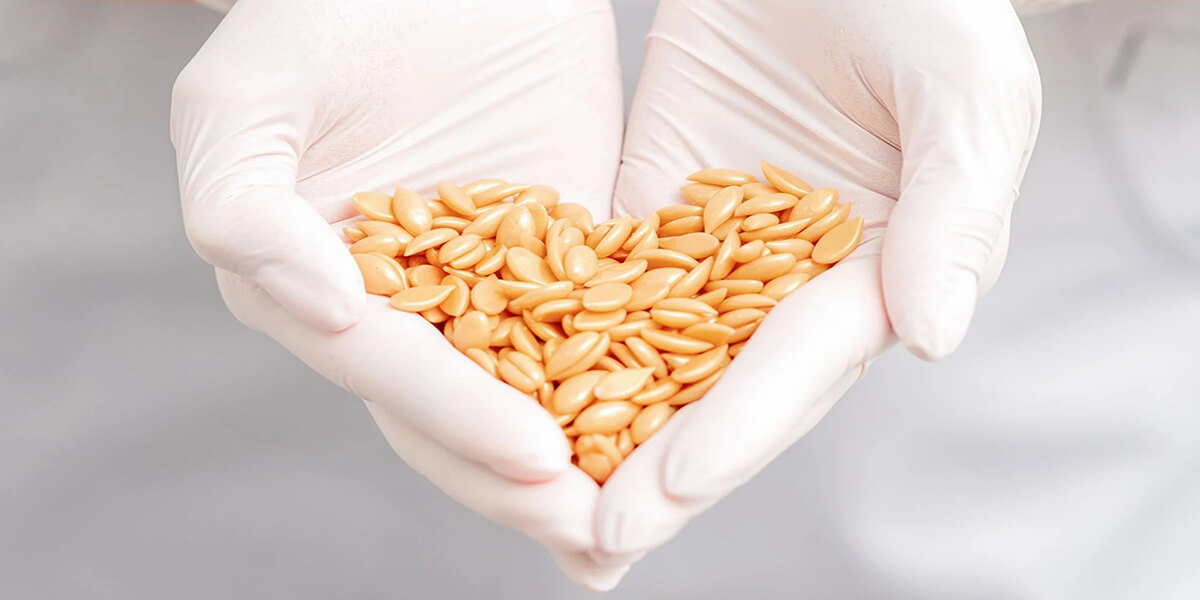
4. How to Wax with Hard Wax?
To wax with hard wax, you’ll want to start by making sure that you’re using the best hard wax for your client’s needs, and that you’re working with the correct temperatures for the specific formula you’re using.
Pay attention to the environment you’re in and the difference it can make whether or not you’re using a lid while warming your wax. Test your wax prior to waxing your client. Before you wax, be sure to use the proper pre-wax care products for your client’s skin type and use the right size wax spatula for the service you’re performing.
5. Hard Wax Application
Spread hard wax in an even strip in the direction of hair growth, and be mindful of your thickness, pressure, and how you create the lip (the part of the strip you will pull from).
All of these will dictate how well your removal will be. If there are gaps or uneven lines at the edges of your strip, feel free to add more wax to make it clean and straight. Give adequate time for wax to fully set to avoid tearing.
6. Hard Wax Removal
Keep the skin as stabilized as possible when removing your strip, meaning skin needs to be anchored so it doesn’t move with the hair as it’s pulled. Hold skin taut and remove strip parallel to the skin in the opposite direction of the hair growth. After removing the strip, press firmly onto the area to dissipate the pain. Follow with the best post-wax care products according to the client’s skin type.
1) After your wax sets:
- Flick up or pinch the lip between your pointer finger and thumb or waxing spatula.
- Holding the skin taut with your free hand, remove the wax strip quickly in the opposite direction of the hair growth.
- Apply pressure immediately on your client’s skin with your free hand to relieve any discomfort they may feel upon removal.
2) Hard Wax Learning Curve
- Hard wax users need to understand the timing of allowing the wax to cool on the skin before removal.
- Though this wax type has a great spread, it works best in smaller areas for the most control.
3) What is soft wax?
Now onto our next consistency: soft wax! When we think of strip wax vs. stripless wax, we think of, well, strips. Soft wax requires the use of soft wax strips, which are usually made from muslin or non-woven fibers.
In the case of strip wax vs. hard wax, soft strip wax has traditionally been the go-to in the spa industry because hard wax historically hadn’t been available.
Soft wax hair removal was the game-changer of its day because it seriously envelops even the tiniest hairs. Soft wax comes in can form and can be a little thicker than hard waxes giving them great spreadability.
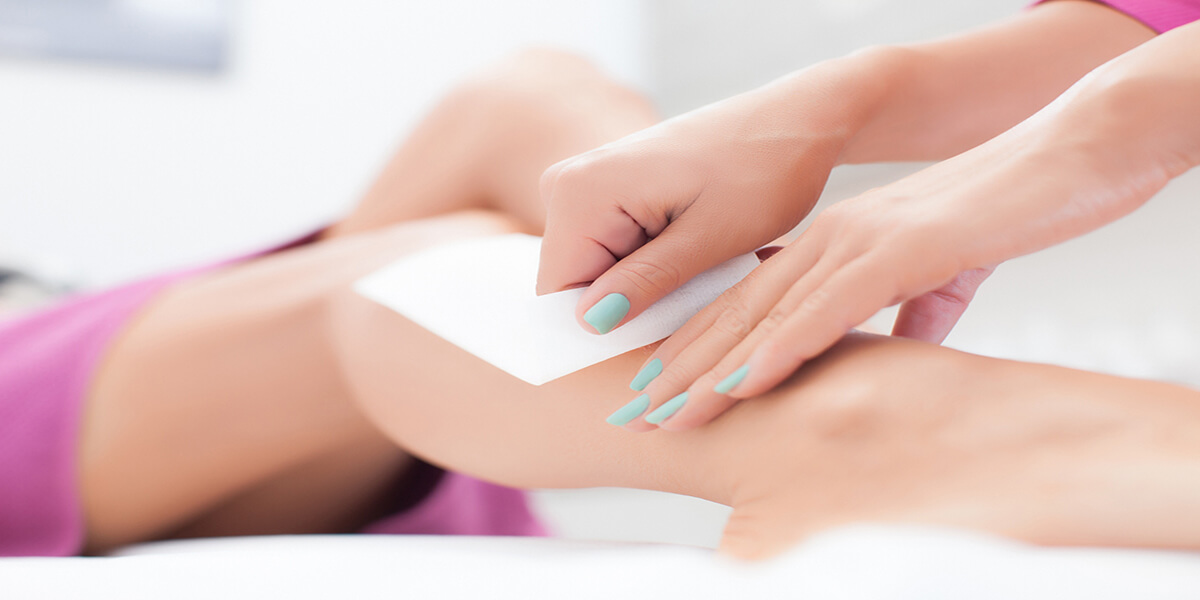
7. How to Wax with Soft Wax?
After heating your soft wax, apply in thin layers over the skin with a wax spatula in the direction of hair growth. Place a hair removal wax strip on the skin’s surface, hold it taut, and pull against the hair growth direction.
1) What is Soft Wax Used For?
Despite hard wax’s growing popularity, soft wax is still favored by many professionals.
Esthies love it for facial waxing because it grabs even fine lanugo or vellus hair from the root. As a soft body wax, it’s often the choice for speed waxers because it can cover large areas at once while staying tacky. Some of the best professional soft wax for any soft wax kit comes from roll-on waxing.
Soft strip roll-on wax cuts service times in half, reduces cross-contamination and mess and doesn’t require the use of spatulas. You can cover an entire man’s back with wax and then lay your strips accordingly for efficient removal.
8. Professional Soft Wax Warmers
Auperwel Soft Wax is available in roll-on and tin cans, the standard form of soft wax. Soft wax cans come in 400mg, 500mg, and 800mg cans that can be melted down in most medium to large wax soft wax warmers as long as its temperature is set to around 65°C – 75°C (149°F – 167°F) with an initial 90°C (194°F) meltdown. Soft wax warmers have wax wells specifically made to insulate and heat cans of soft wax.
This wax type is applied in thin layers over the skin with a wax spatula in the hair growth direction. Place a hair removal wax strip on the skin’s surface, hold it taut, and pull against the hair growth direction.
Roll-on wax cartridges are compatible with roll-on wax warmers, which come in single, double, and triple variations so you can keep wax heated and ready to go. These warmers are also cordless and can last for up to half an hour before needing to be recharged in their port.
9. Who is the Ideal Client for Soft Wax Hair Removal?
The best soft wax clients are those with slightly sensitive and have normal to thick skin types. Soft wax is awesome for all hair types, no matter how thick or fine because it envelops strands and the dead layer of skin with a tight grip, giving a perfect pull almost every time.
We recommend Starsoft Soft Wax for your most delicate clients’ skin and Blue Soft Wax or Pink Soft Wax for almost everyone else!
1) Soft Wax Learning Curve
- Since even the best soft wax is exfoliating, you need to pay special attention to those with hypersensitive skin types and how hot your soft wax temperature is.
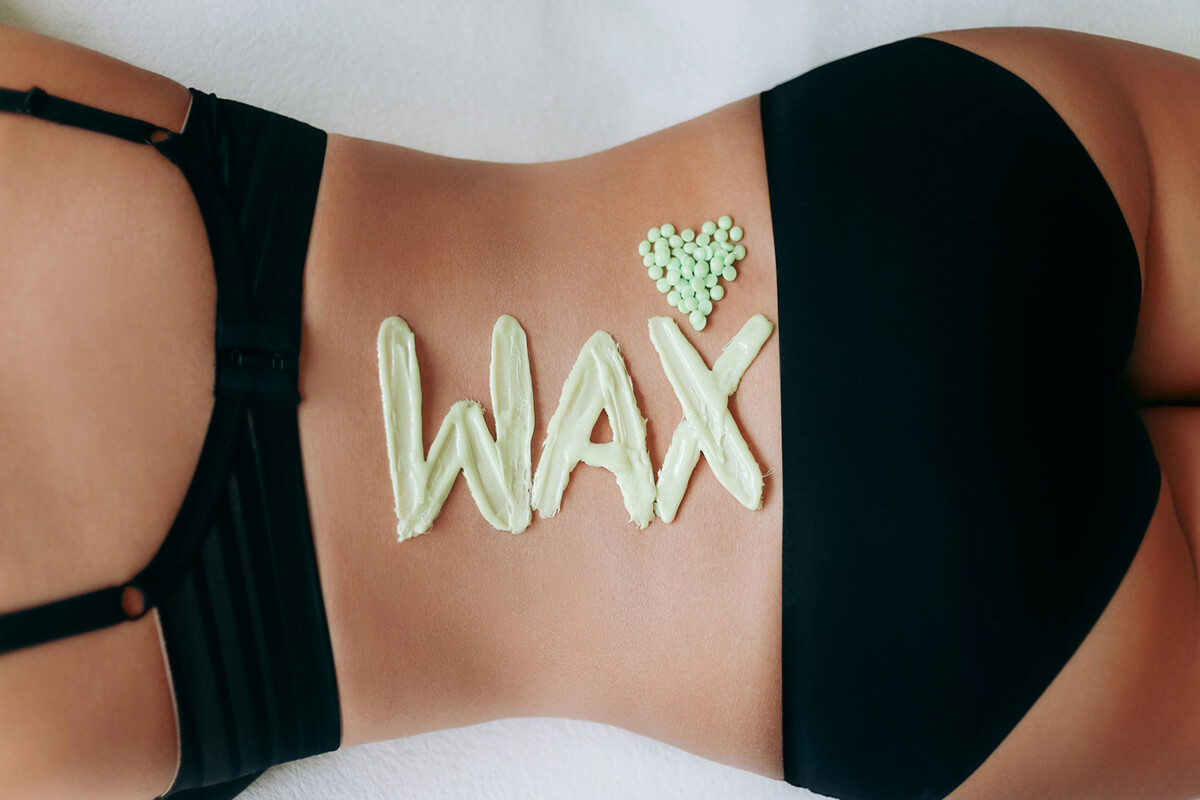
10. Final Thoughts
As you can see, both hard and soft wax hair removal have their merits. Both have so many of their own benefits, that we think having both formulas available at your salon can be a viable solution for any issue your clients can throw at you. If you know the strengths and weaknesses of each formula, you can harness their exact uses and benefits to meet your specific waxing style. Master them both and you’ll be at the head of the waxing game.
